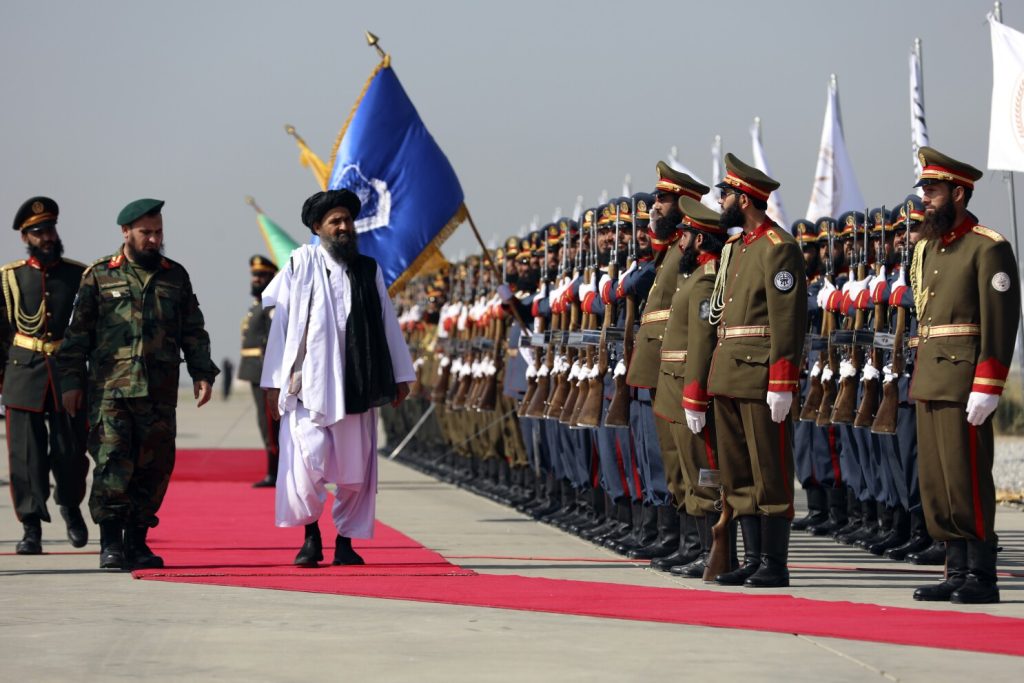The perception of Taliban invincibility is a myth. Before the Doha Agreement, the group fought against NATO and Afghan security forces for two decades but failed to gain full control over Afghanistan. Their attempts to seize major cities in the north, west, and south were temporary and unsuccessful. The Taliban lacked unified command and control, making it impossible to establish regular battlefronts.
Many Taliban fighters received medical treatment in neighboring countries. Their leaders lived in Pakistan, Iran, the UAE, Qatar, and other nations. The idea that the Taliban had strong military capabilities was exaggerated by their external supporters. The weapons left behind by Afghan armed forces were mostly outdated, with broken vehicles, grounded helicopters, and empty ammunition stores. Replacing or maintaining this equipment is extremely difficult and costly.
A strong military force requires six key elements: leadership, discipline, institutions, modern weaponry, strategy, and support systems. The Taliban’s military weakness is evident because they lack all these fundamentals. Their fighters are unfamiliar with structured military operations, and the leftover weapons from Afghan forces are insufficient for sustained warfare.
At best, the Taliban remain an insurgent group without the ability to build institutions or govern effectively. Over the past three years, Afghan freedom fighters have inflicted heavy losses on the Taliban. This ongoing resistance exposes the group’s vulnerabilities in both military and intelligence matters. A united opposition could easily bring the Taliban to their knees.
The Taliban’s lack of understanding of Afghanistan’s diverse culture and languages prevents them from gaining popular support. The people of Afghanistan, in both urban and rural areas, see them as occupiers. Their harsh policies against women and personal freedoms have turned the public against them. It is only a matter of time before a mass uprising forces them out.
The Taliban’s military weakness is not hidden. Their survival is not due to possessing $88 billion in weapons but rather because of disunity among opposition leaders and political figures. If Afghanistan’s anti-Taliban forces unite and learn from past mistakes, they can defeat the Taliban and restore true freedom to the country.


